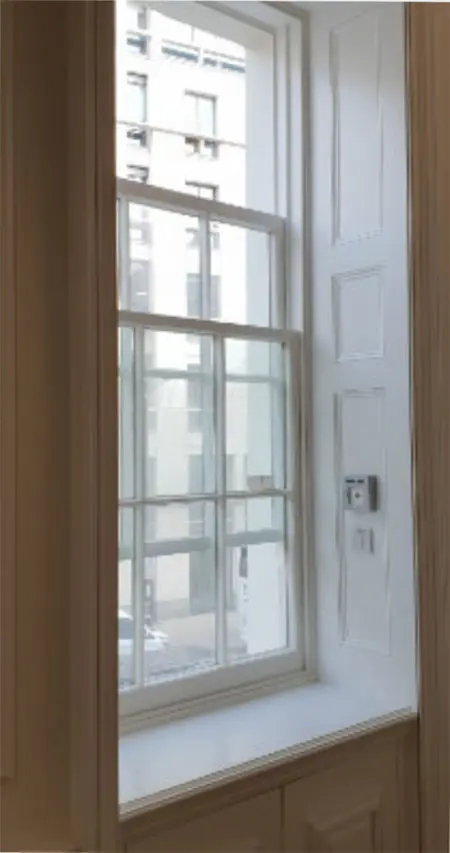Keeping your house cool and comfortable without impacting on the air quality can be challenging, especially in summer. While artificial methods of ventilation such as AC systems and fans have become increasingly popular over the last years, these have some downsides that are worth considering before picking a ventilation system for your house.
Natural ventilation, instead, can reduce your energy consumption and leverage the force of nature to keep your living environment comfortable and ventilated. Strategically-placed openings in a building can encourage natural movements of wind without the need for mechanical means.
At its very core, natural ventilation works by making the most out of the difference in pressure created between the outside and the inside of your house by air temperature and wind. In turn, this airflow can decrease and increase the internal temperature and provide a suitable and enjoyable environment.
How Does Natural Ventilation Work?
As we have seen, natural ventilation leverages the difference in pressure created on opposite sides of the walls of your building. Such a big difference in pressure comes from different air temperatures and wind.
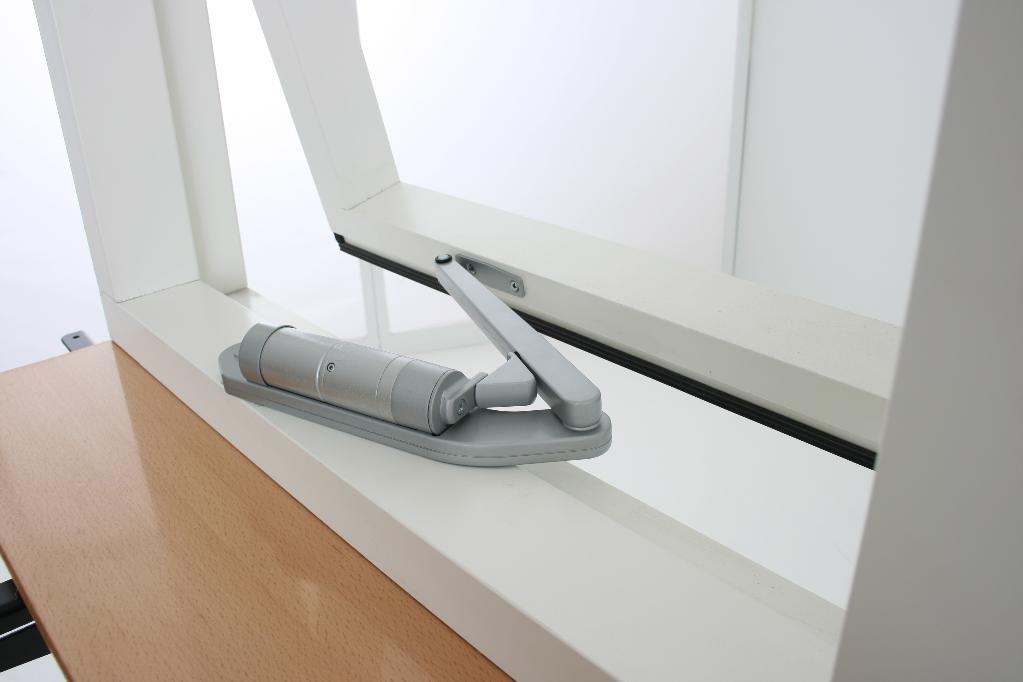
While this is the concept at the core of this passive ventilation system, a strategic natural ventilation system is a little more refined than this. The windows placed on the facade and roof of the building will open and close automatically, according to the settings desired.
The movements of the windows will happen by incremental amounts, for the system to reach the values of the settings regarding:
- Room temperature
- Humidity
- CO2 levels
Natural ventilation systems or passive venting can achieve such precise levels thanks to meters that can read the exact external temperature, wind speed, rain potentials, and atmospheric conditions. These will be matched with internal room temperature, humidity levels, and CO2 levels. This cutting-edge technology allows a refined passive vent system to control the building’s internal climate.
Why Choose a Natural Ventilation System
Now that you have an answer to the “what is passive ventilation” question, let’s have a look into the benefits this type of ventilation in buildings can bring.
-
Cost Reduction
AC systems and fans can be effective in cooling down a room, but they can also significantly weigh on your monthly electricity bills. Such systems are not particularly energy-efficient, and they work through the use of artificial airflows. The level of maintenance required by such systems can only add to the average cost of such equipment.
For Natural Ventilation Systems – Contact us: 01702 826 267 or 0845 519 0560
-
Air Quality Improvements
Artificial air conditioning systems might reuse and recycle the airflow, which means that it is not always as fresh as you might think. Many individuals are also particularly susceptible to conditioned air, which can cause allergy-like symptoms and discomfort.
Instead, natural ventilation systems can improve the quality of indoor air by constantly providing a fresh stream of air coming through your building.
-
Reduced Carbon Emissions
Aside from consuming energy, some types of air conditioning systems can be detrimental to the environment and create carbon emissions. Natural ventilation systems, instead, work thanks to the natural air and pressure movements. Therefore, there won’t be any type of emission involved – making them the optimal choice for anybody who wishes to live a low-waste, sustainable lifestyle.
-
Consistency
One of the biggest downsides of air conditioning systems and fans is the fact that they will only keep your home or building cool when they are on.
However, if you decide to save on energy and switch them off, your living space is likely to heat up rapidly. Instead, due to the incremental movement of natural ventilation systems, you can enjoy a constant temperature level, set at a pleasant level.
-
Internal Temperatures Control
This type of natural internal control is ideal for enjoying a pleasant level of temperature without much effort. The customized settings allow you to pick the temperature level and airflow you prefer and keep it at a constant standard.
-
Creates Indoor Air Movement
Certain AC systems recycle the air, creating a direct flow toward the user. Instead, this natural ventilation system creates an air movement that is entirely natural and homogenous. This is ideal to avoid temperature drops or spikes during the day while adapting the climate to your requirements.
-
Humidity Control
Increased humidity levels or dry environment can have serious consequences on the structural wellbeing of a building. It is common to see humidity stains on the ceilings of today’s houses. These can be due to poor air circulation or condensation. Instead, passive vents allow for a constant airflow that reduces this unbalance.
Wind-Driven and Buoyancy-Driven Stack Ventilation
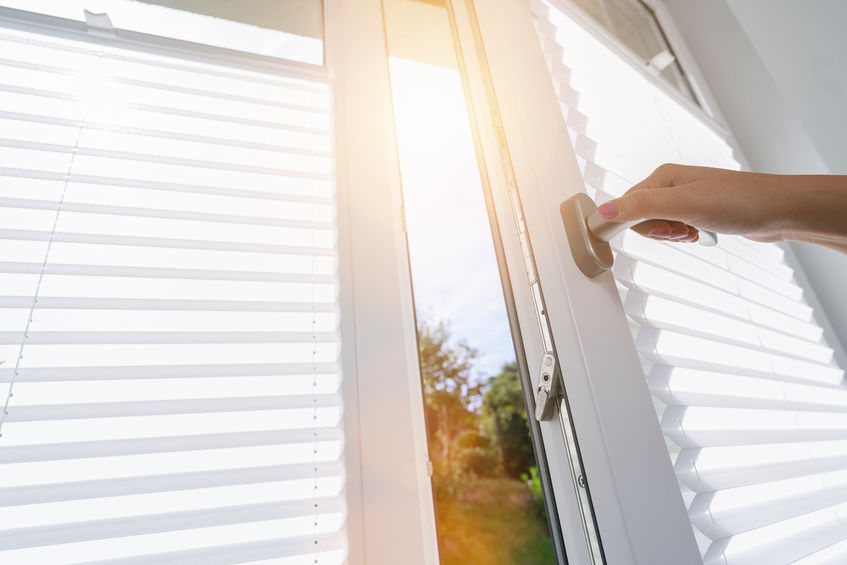
Two types of systems characterize natural ventilation, Wind-Driven and Buoyancy-Driven stacked ventilation.
Wind-Driven
Also called wind-induced cross ventilation, this system leverages the pressure difference between the two sides of the building’s wall. The two different flows will cause the air to be drawn in from the high-pressure side of the wall, and be released out on the low-pressure side.
Buoyancy-Driven
Also called the stack-effect, a buoyancy-driven stack ventilation system works by allowing the cooler air to enter the building at a low level. The low levels of a building are where occupants and equipment usually is. In turn, the movement of people and the use of machines and devices will heat the air up, which will become more buoyant. As it does so, it will rise through the building and escape through openings at the higher levels of it.
Suitable Building Types for Natural Ventilation
While they are ideal for anybody who wishes to live a sustainable lifestyle, the efficiency of these passive ventilation strategies varies depending on a series of variables.
Therefore, while it is sometimes the perfect building ventilation system, in some other cases, it might not be as efficient.
Ideally, cross or natural ventilation is perfect for those buildings that are:
- 12m to 15m in depth
- Five times deeper than the floor to ceiling height
- 2.5 times deeper than the floor to ceiling height is ventilation can happen only on one side
- If droughts are created, buildings might need to have courtyards and atriums to moderate them
Other environmental factors that influence the effectiveness of this system are:
- How large the openings (windows) are
- The stack’s height
- The difference in temperature between the building’s top and bottom
- The difference in pressure between the outside and inside of the building
During hot but still days, the effectiveness of natural ventilation systems can significantly decrease. This is a significant disadvantage of the system as these are the days in which you will need your house to be cool the most.
Also check: Home Ventilation Guide
Want to know more?
If you want help choosing the right product or solution, our technical sales staff are here to help.
Why not call us today on 01702 826 267 or click below to submit an enquiry.
Related Posts
- Why Choose Sliding Sash Windows for Better Ventilation
Sliding sash windows are a timeless window style that continues to suit both period and contemporary buildings.
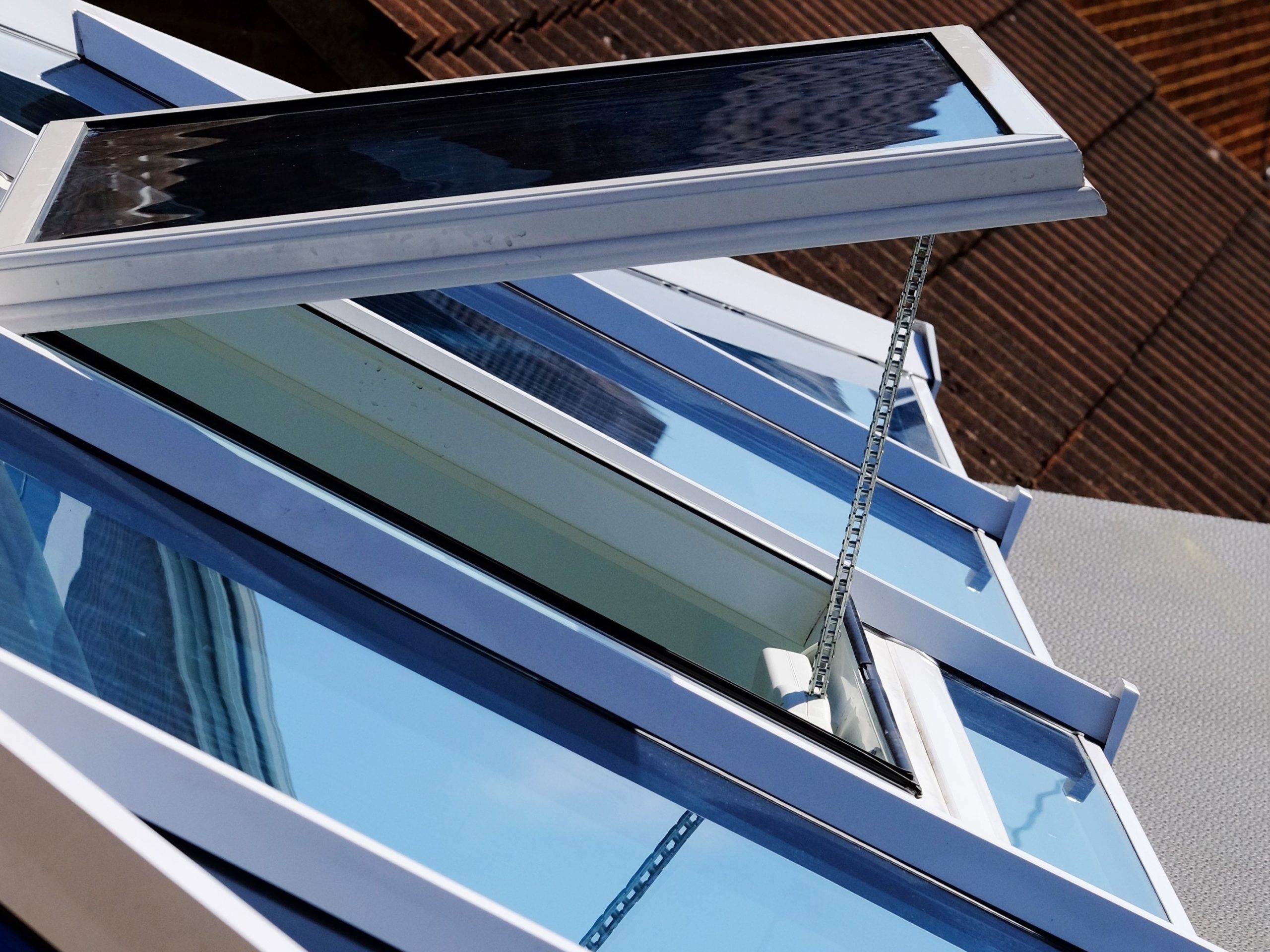 Electric Actuators vs Manual Openers: Which Is Right for Your Ventilation Needs?
Electric Actuators vs Manual Openers: Which Is Right for Your Ventilation Needs?Ventilation plays a critical role in maintaining indoor air quality, temperature control, and energy efficiency.
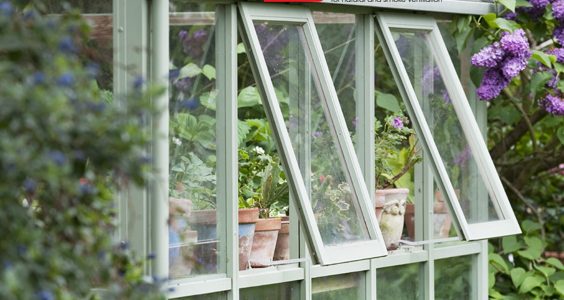 How to Use Electric Window Actuators in a Greenhouse
How to Use Electric Window Actuators in a GreenhouseMaintaining the right environment in your greenhouse is essential for healthy plant growth. One of the most effective ways to regulate temperature and humidity is through a reliable ventilation system. That’s where electric window actuators come in.

